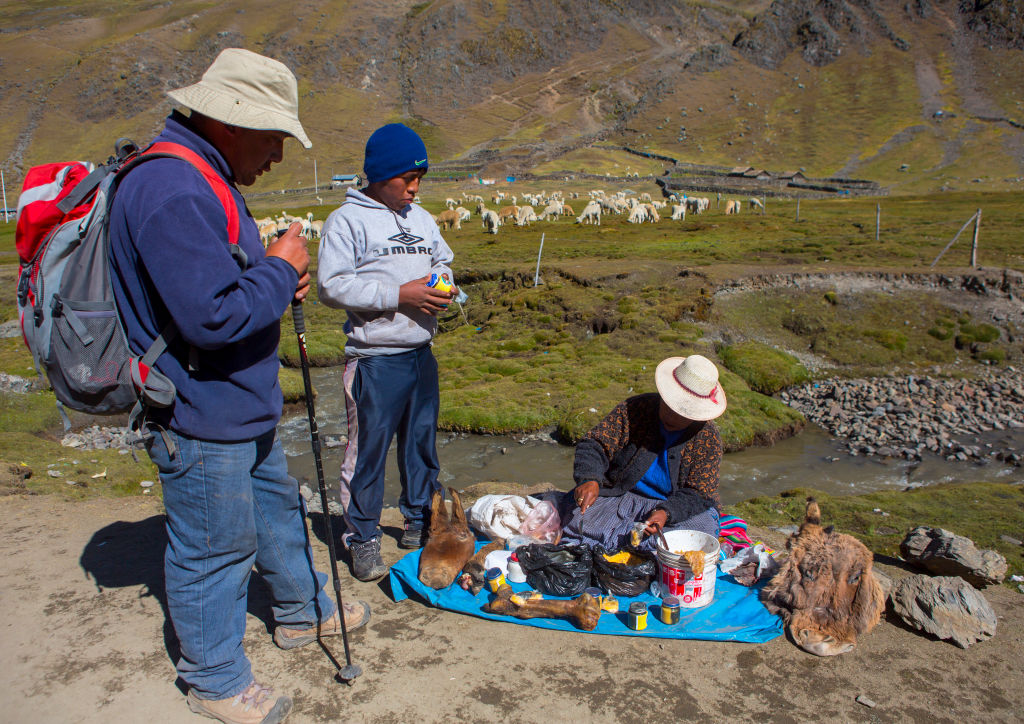The genetic basis of Peruvians' ability to live at high altitude
It involves changes in the basic oxygen sensing system.
DIANA GITIG - 11/15/2019, 9:24 AM

Many Peruvians are well adapted to high-altitude life in the Andes.
Sherpas are physiologically adapted to breathing, working, and living in the thin air of the Himalayas, enabling them to repeatedly schlep stuff up and down Mount Everest. The Quechua, who have lived in the Andes for about 11,000 years, are also remarkably capable of functioning in their extremely high homes. New work suggests that these adaptations are the result of natural selection for particular genetic sequences in these populations.
Both populations live above 14,000 feet (4,267m), under chronic hypoxia—lack of oxygen—that can cause headaches, appetite suppression, inability to sleep, and general malaise in those not habituated to altitude. Even way back in the 16th century, the Spaniards noted that the Inca tolerated their thin air amazingly well (and then they killed them).
Metabolic adaptations give these highlanders a notably high aerobic capacity in hypoxic conditions—they get oxygenated blood to their muscles more efficiently. But the genetic basis for this adaptation has been lacking. Genome Wide Association Studies, which search the entire genome for areas linked to traits, had found tantalizing clues that one particular gene might be a site of natural selection in both Andeans and Tibetans. It encodes an oxygen sensor that helps cells regulate their response to hypoxia.
This new work looked for genetic variants that were more common in the Quechua population compared to white lowlanders from Syracuse, New York. The researchers then tried to correlate the variants with the Quechua’s high aerobic capacity at altitude. But none of the genetic differences showed a significant association with high aerobic capacity, probably because the sample size—429 Quechua and 94 lowlanders—was too small to detect one.
More:
https://arstechnica.com/science/2019/11/the-genetic-basis-of-peruvians-ability-to-live-at-high-altitude/
